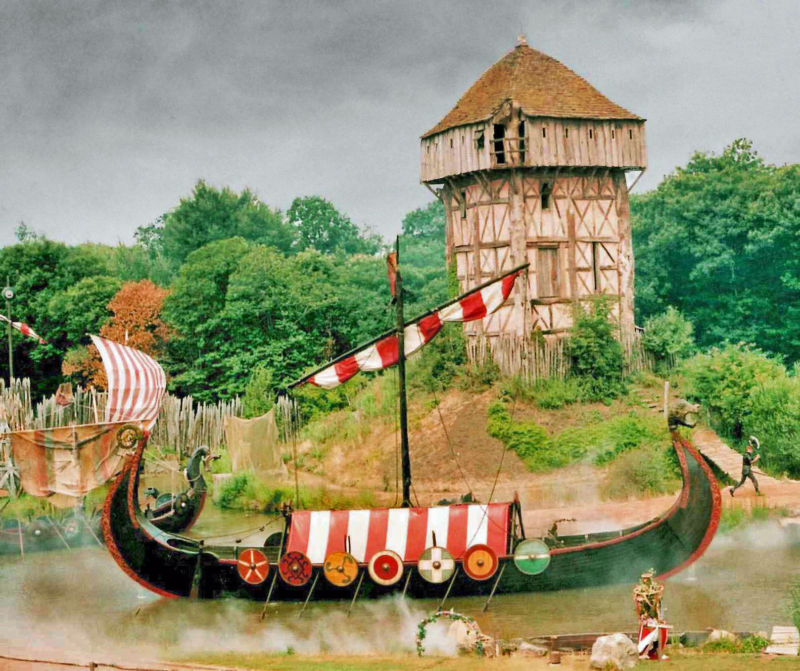Ancient DNA sheds light on Viking origins, travels

Enlarge / Modern reconstruction of a Viking longboat. (credit: Dun.can / Flickr)
A recent study of ancient DNA sheds light on who the Viking groups were and how they interacted with the people they met. The Viking Age, from around 750 to 1100 CE, left a cultural and economic impact that stretched from the coast of North America to the Central Asian steppe, and archaeology shows several examples of cultural exchange spanning continents. But to see patterns in how people swapped not only ideas, but genes, we need to look at the DNA of ancient people.
We know very well that the Viking Age changed the cultural and political map of Europe a thousand years ago, but we don't really know much about the demographic changes that accompanied these changes," University of Copenhagen genomicist Ashot Margaryan told Ars. This can be addressed based on population genetics methods."
Who were the Vikings?Today, we tend to think of the Vikings as one big mass of bearded raiders, swooping down European coasts, up rivers, and across the North Atlantic. But the Vikings didn't see themselves that way at all. The people who set sail to raid, trade, fish, and settle during the Viking Age saw themselves as members of distinct groups, with a shared culture but not a shared identity. The genetic evidence, it turns out, is on the Vikings' side.
Read 12 remaining paragraphs | Comments